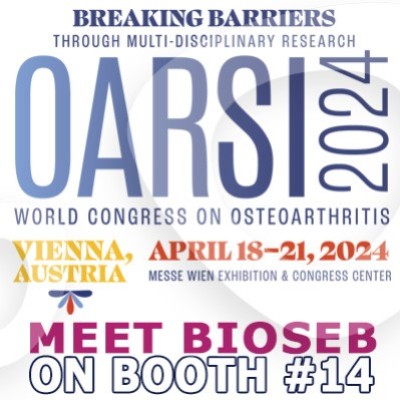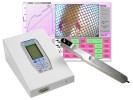Authors
E. Udina, A. Puigdemasa, X. Navarro.
Lab
Universitat Autònoma de Barcelona, Institute of Neurosciences and Department of Cell Biology, Group of Neuroplasticity and Regeneration, Bellaterra, Spain.
Journal
Muscle and Nerve
Abstract
INTRODUCTION: Lesions of peripheral nerves cause loss of motor and sensory function and also lead to hyperreflexia and hyperalgesia. Activity-dependent therapies promote axonal regeneration and functional recovery and may improve sensory-motor coordination and restoration of adequate circuitry at the spinal level. METHODS: We compared the effects of passive (bicycle) and active (treadmill) exercise on nerve regeneration and modulation of the spinal H reflex after transection and repair of the rat sciatic nerve. Animals were evaluated during 2 months using electrophysiological, functional, and histological methods. RESULTS: Moderate exercise for 1 hour/day, either active treadmill walking or passive cycling, improved muscle reinnervation, increased the number of regenerated axons in the distal nerve, and reduced the increased excitability of spinal reflexes after nerve lesion. DISCUSSION: Maintenance of denervated muscle activity and afferent input, by active or passive exercise, may increase trophic factor release to act on regenerating axons and to modulate central neuronal plasticity.
BIOSEB Instruments Used:
Electronic Von Frey 4 (BIO-EVF4),Electronic Von Frey 5 with embedded camera (BIO-EVF5)

 Douleur - Allodynie/Hyperalgésie Thermique
Douleur - Allodynie/Hyperalgésie Thermique Douleur - Spontanée - Déficit de Posture
Douleur - Spontanée - Déficit de Posture Douleur - Allodynie/Hyperalgésie Mécanique
Douleur - Allodynie/Hyperalgésie Mécanique Apprentissage/Mémoire - Attention - Addiction
Apprentissage/Mémoire - Attention - Addiction Physiologie & Recherche Respiratoire
Physiologie & Recherche Respiratoire
 Douleur
Douleur Métabolisme
Métabolisme Système moteur
Système moteur Neurodégénérescence
Neurodégénérescence Thématiques transversales
Thématiques transversales Système musculaire
Système musculaire Functions de motricité générale
Functions de motricité générale Troubles de l'humeur
Troubles de l'humeur Autres pathologies
Autres pathologies Articulations
Articulations Système Nerveux Central (SNC)
Système Nerveux Central (SNC)  Système sensoriel
Système sensoriel Bioseb on booth #14 at OARSI 2024 in Vienna
Bioseb on booth #14 at OARSI 2024 in Vienna 
